Methylphenidate


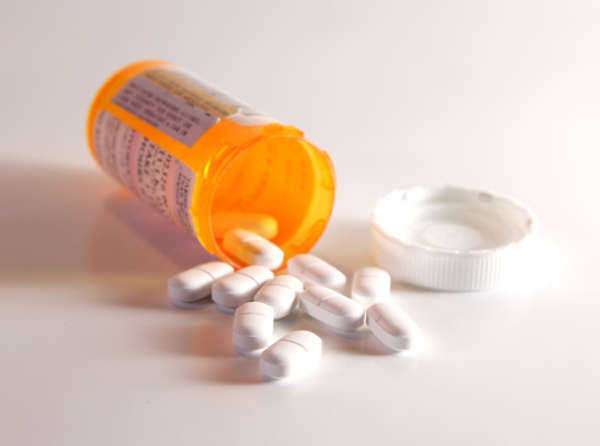
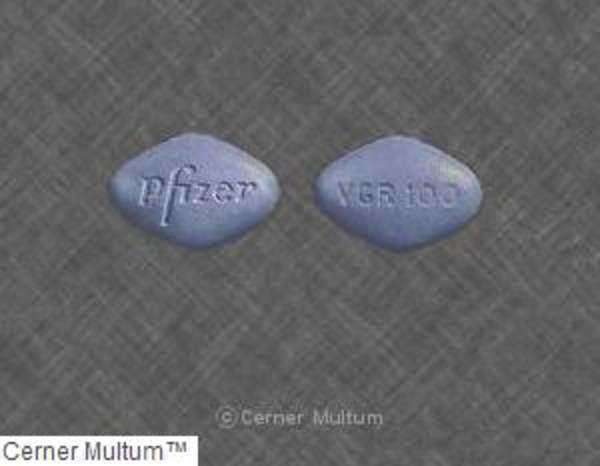
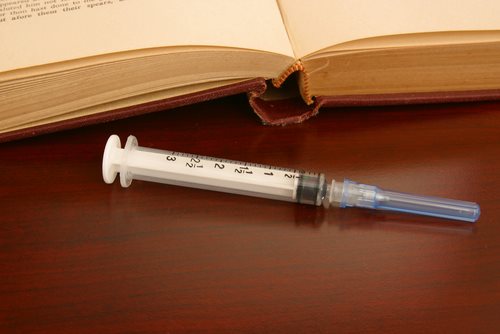
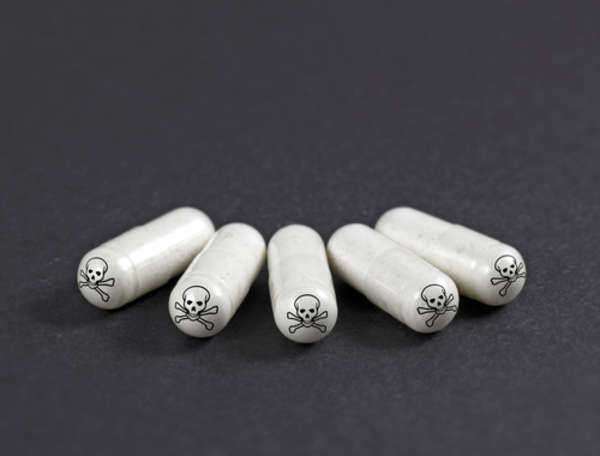
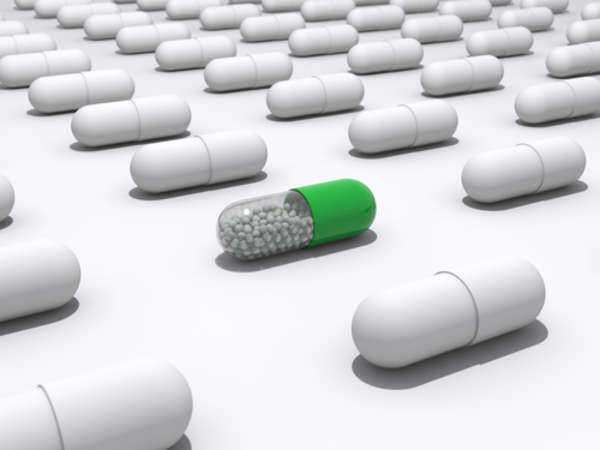
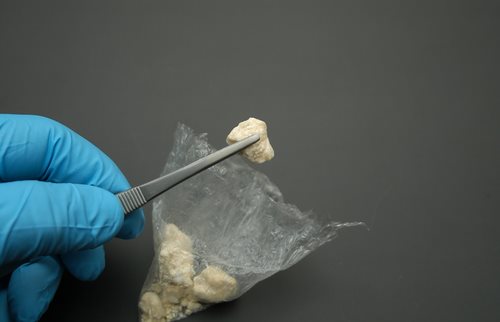
On November 13, 2012, the Drug Enforcement Agency (DEA) announced that Willie Shelly received three years in prison for distributing BZP pills—similar to Ecstasy. He is the last defendant sentenced who was connected to Operation Woodchop.
The investigation was led by the DEA’s Orlando District Office Enforcement Group along with the Orange County Sheriff’s Office Gang Unit. The defendants arrested during the investigation regularly communicated with each other and were part of two gangs, the “Zellwood Boyz” and the “Tangerine/Terrell Boys.”
A total of 24 individuals were charged in Operation Woodchop. All of the defendants were subsequently convicted of felonies, and 20 were charged with state crimes like murder, property crimes, and drug violations. The defendants are listed below:
Daniel Baldwin, 90 months for distributing crack cocaine
Darius Bentley, 60 months for distributing crack cocaine
Quentin Bradford, 36 months for distributing crack cocaine
Stanley Campbell, 100 months for distributing crack cocaine
Tramyian Doston, 120 months for distributing crack cocaine
Daciane Hill, 60 months for distributing crack cocaine
Samantha Hill, two years probation for using a phone for drug conspiracy
Tywon Hill, 110 months for distributing crack cocaine and other controlled substances
Michelle Julien, three years probation for using a phone for drug conspiracy
Christopher Lenoir, time served for using a phone for drug conspiracy
Travis Rollins, 108 months for cocaine distribution and firearms charges
Willie Shelly Jr., 36 months for distributing BZP pills
Brandon Smith, 123 months for cocaine distribution and firearms offenses
Addison Smith Jr., 60 months for distributing crack cocaine and other controlled substances
Nathanial Walker, 110 months for distributing crack cocaine and other controlled substances
Kemo Dowe, 240 months for distributing crack cocaine and other controlled substances
Travion Barnes, 18 months for distributing BZP pills
Clemente Blocker, 37 months for distributing crack cocaine
Frederick Bodison, 100 months for distributing crack cocaine, MDMA, and BZP pills
Robert Hardwick, 82 months for distributing crack cocaine
Willie Slydell Jr., 48 months for cocaine distribution
Lawrence Lockhart, 96 months for possession of crack cocaine with intent to distribute
Roderick Mobley, 32 months for possession of crack cocaine with intent to distribute
Teresa Hawkins, time served for distributing crack cocaine and other controlled substances
Source: U.S. Drug Enforcement Agency



A brief guide to Advair Diskus 500 50 prices
When an asthmatic patient is prescribed Advair Diskus, they may be concerned about how they will pay for this medication.
You may be able to minimize the amount of the Advair Diskus 500 50 price you can pay through a number of means. A physician's office can help evaluate your options when it comes to reducing Advair Diskus 500 50 prices.
Before you purchase this drug, you should find out how much of the Advair Diskus 500 50 price is covered by your insurance. There may be a cap to the number of days this treatment is covered or a limit to the total beyond which insurance will not cover Advair Diskus 500 50 prices. Should you be confused by the wording of your policy, a physician's office should be able to contact your insurance to determine how much of an Advair Diskus 500 50 price you will not be liable for.
When prescribing this medication, a physician may be able to offer a coupon that defers part of Advair Diskus 500 50 prices. The manufacturer currently does not offer this kind of discount for the Advair Diskus 500 50 price. If you are close to more than one pharmacy, you should obtain quotes for multiple Advair Diskus 500 50 prices. This will help you make an informed decision about where you can obtain the lowest possible Advair Diskus 500 50 prices.
In areas where the quoted Advair Diskus 500 50 price is too high for your means or there is no pharmacy, you may take your search for medication online. It may be possible to find lower Advair Diskus 500 50 prices from an online pharmacy. However, it is vital that you verify that any online pharmacy you are considering purchasing medication from is a legitimate organization. Regardless of how low their listed Advair Diskus 500 50 price is, do not purchase medication from a pharmacy which does not require a prescription. Such businesses are operating in violation of the law and cannot be trusted to safely provide the medication you require.
If you are concerned about the Advair Diskus 500 50 price you must pay, keep in mind that this medication is only intended for short-term use. The longer you take this medication, the more your health is at risk for serious side effects. Therefore, keep in mind that you will only have to pay Advair Diskus 500 50 prices for a limited period of time. Ask a physician if they can provide an estimate of your maximum treatment period.
Regardless of the Advair Diskus 500 50 price you pay, maintain receipts of all such transactions. You will need these records if adverse effects occur and you wish to pursue litigation. These receipts will help a lawyer consider how much compensation you should request in civil court.